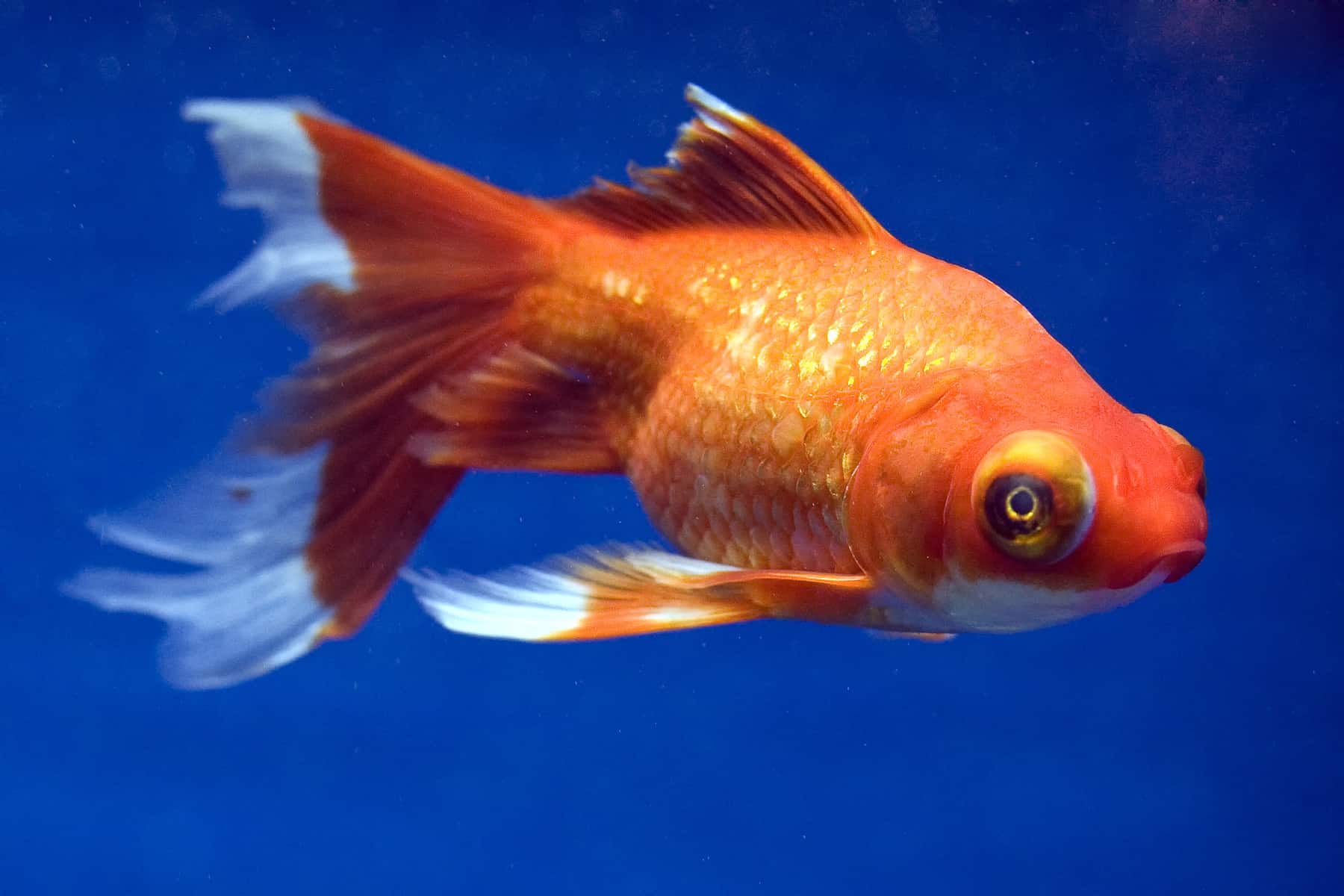

If the aquarium has any sharp edges, the eye They can easily knock out an eye on any hard objects. Kept with other varieties or species of fish.Ī Moor shouldn’t be significantly smaller than other Goldfish in theīecause of their shortsightedness, Black Moor tend to

Other aquarium inhabitants, including larger Goldfish, canĮasily suck an eye out of a Moor, which is another reason why Moors should not be Missing eye, it is now at a disadvantage compared to fish with two eyes so duringįeeding it will need to be monitored to ensure it is getting its fair share of food. If the fish is eating well and active, it can be returned to Losing an eye doesn’t seem to particularly bother Goldfish,īut I would place the fish into a mild salt bath to guard against any infectionĪnd because quite a large amount of blood is lost. This can be caused by another aquarium inhabitant, Owners often find their Moor missing an eye. The large protruding eyes of this variety are particularly To flukes but this may be because the flukes are more easily seen against There is a belief that they are more susceptible This typically shows up as buoyancy problems. Problems if fed low quality food with not enough vegetable matter and Is why many Goldfish enthusiasts think Moors are a weaker variety that

Unless the other goldfish are also telescopic-eyed or Water BubblesĮyes or Celestials, the Moor won't get enough food so will get weaker and weaker until eventually succumbing to disease or starving to death.
#Female blck telescope goldfish full
Using Moors as a color contrast in an aquarium full of gold coloredįish. Of their popularity and cheapness, many aquarists make the mistake of Varieties that they can't compete with for food, such as Comets. Black Moor Are a Hardy Fancy VarietyĪre a hardy variety, able to withstand low temperatures better than Veiltails (also called broad tails), but for commercial grade specimens the fins usually resemble The British Goldfish Aquatic Societies' standards require Black Moors to be Ventral (belly) area will probably remain black throughout their lives. Those with an underlying white or silvery Some experts advise against keeping Moors too warm, either when they are young or when they are adults as warmer water is one of the elements used to make metallic scaled goldfish change color sooner. Moors are just Black Moors that have changed color. Underlying bronziness, they are likely to change color later in life, usually Because of their popularity and cheapness, many aquarists make the mistake of using Black Moors as a color contrast in an aquarium full of normal eyed fish, or worse, single tailed fish.ĭeep velvety blue-black coloration that covers the entire body, including the fins Young Moor under 30 days old are quite bronze with normal eyes, butįrom five or six weeks of age the black pigment begins to appear in someĮarly developers along with the telescopicĮyes. The black coloration of the Black Moor Goldfish comes from an excess of melanic pigment deposited in the scales.


 0 kommentar(er)
0 kommentar(er)
